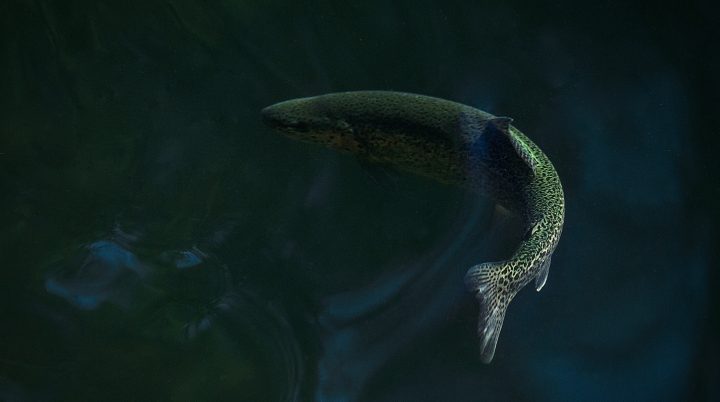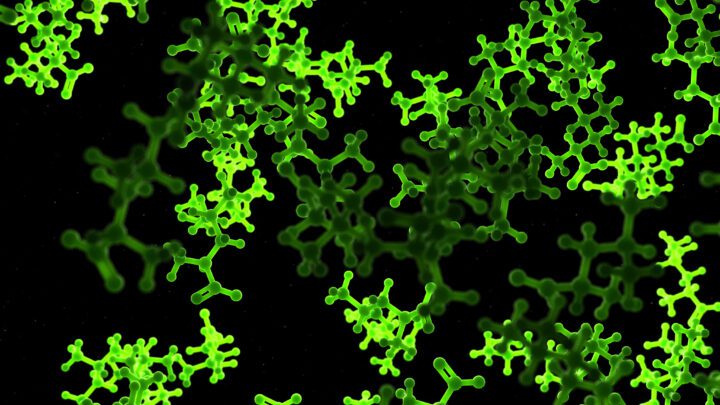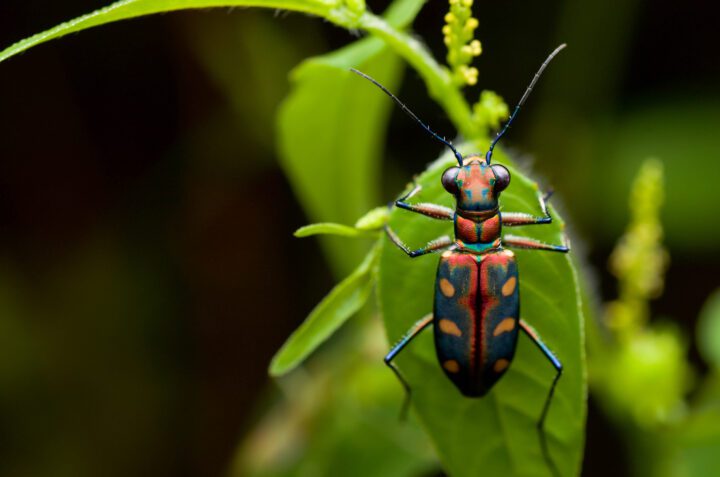VIVACE from Vortex Hydro Energy creates electricity from the transverse motion of cylinders caused by water currents.
Benefits
- Efficient
- Low cost
- Versatile
- Sustainable
Applications
- Renewable energy production
UN Sustainable Development Goals Addressed
-

Goal 7: Affordable & Clean Energy
The Challenge
Hydroelectric power is a one of the original forms of renewable energy, paving the wave for an industry that is helping protect our planet from greenhouse gases. Traditional hydroelectric power is the dam, which stops the flow of water and releases it through turbines at high speed. This process can have negative impacts on marine life, flora, and people.
Innovation Details
VIVACE is a hydroelectric generator made up of large open boxes with cylinders that sit at the bottom of a river or ocean. The cylinders take advantage of vortex shedding from the currents, similarly to trout. As water currents moves over the cylinders, it creates vortices that make them move up and down. Each bobbing cylinder moves a magnet up and down a metal coil, creating a DC current. The DC current is changed to AC, which can then be used to power homes and buildings. Cylinder oscillations are slow (about one cycle/sec), creating no direct physical threat to fish or other organisms.

Biological Model
Fish can use a significant amount of energy when swimming for long periods of time or in rough waters. While swimming upstream, rainbow trout are able to save energy by using the vortices that come from the water currents to their advantage. Vortex Induced Vibration (VIV) occurs when vortices are released (or “shed”) on the downstream side of objects, such as rocks or other fish, in a fluid current. This shedding alternates from one side of an object to the other, creating a pressure imbalance that results in an oscillatory lift. Trout adjust their swimming behavior to produce a ‘slalom-like’ movement between the vortices , to take advantage of the oscillatory lift and use less energy while swimming.







